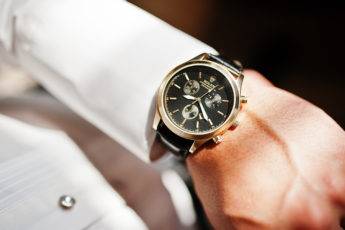Your Guide to Furla Bags: Italiana Accessories

Among the Italian brands that make bags, there is Furla. Its mission focuses on craftsmanship, beauty and sophisticated design. The project was born in 1927 in Bologna, with Aldo Furlanetto who dealt exclusively with female leather accessories.
We have to wait until the Seventies for the appearance of the first collection of bags and the expansion of the brand in other markets too, with the advent of family management in the next generation.
Today, Furla bags are known all over the world, elegant spokesmen of the Italian lifestyle, made of taste, excellent craftsmanship, continuous research and contemporary style.
Furla produces different kinds of bags: handbag, bandolier, tote bags, hobo bags, shoulder bags, belt bags in order to satisfy all needs.
History of the bag
The bag is the quintessential accessory of every woman, none of us could do without it: a fundamental item to store our life: wallet, smartphone, keys, make-up, handkerchiefs, address book, scarf, ballerinas or shoes without heel.
Over the years, it has become a symbol of fashion. In addition to staying up to date on the latest trends and continuously dreaming of one of the bags of the moment, have you ever wondered what the origin of the bag is?
Where does all this passion for this fashion accessory come from? The use and value of a woman’s bag have an ancient and interesting history and its origins are even prehistoric.
And it is precisely in the Middle Ages that the models of bags that we find today are born: in fact there were a bag to wear on a belt, the “crumena” or shoulder bag and the “manticula” to carry by hand , forerunner of the clutch bag.
Since the Renaissance the bags are starting to be considered accessories related to fashion and the materials used to make and decorate them became increasingly prestigious: leather, velvet, brocades, satins, bows, ribbons, gold and precious stones. Bags and fashion, therefore, were closely linked in a union that would have survived to this day.
Between the Nineteenth and Twentieth centuries, with the birth of the bourgeoisie, the woman began to be more and more independent and it was then that the bag became a strong symbol of female emancipation and, with the growth of women’s activities, an indispensable accessory.
So when you find yourself buying yet another bag, feel a little less guilty: after all, you bought an accessory of historical value.
Curiosity: the Bag Museum
There is even a museum that has been completely dedicated to bags, the Tassen Museum. A journey through the history of women’s bags from the late Middle Ages to the present day, going through the most varied forms, patterns, fabrics and materials.
The museum is located in the heart of Amsterdam: in it, the bags collected by Hendrikje Ivo in a period of 35 years are collected. In fact, the collection consists of 4000 pieces. The museum shows how the condition of women passes through her bag too.
Share via:





Leave a Comment